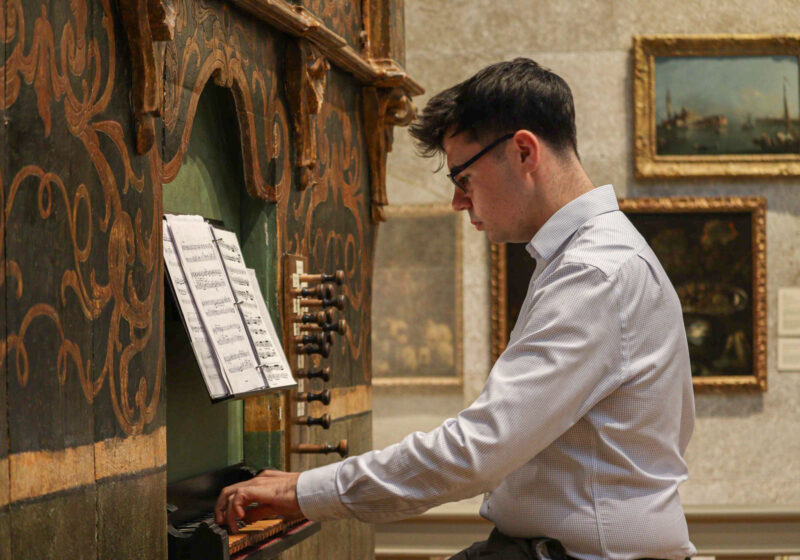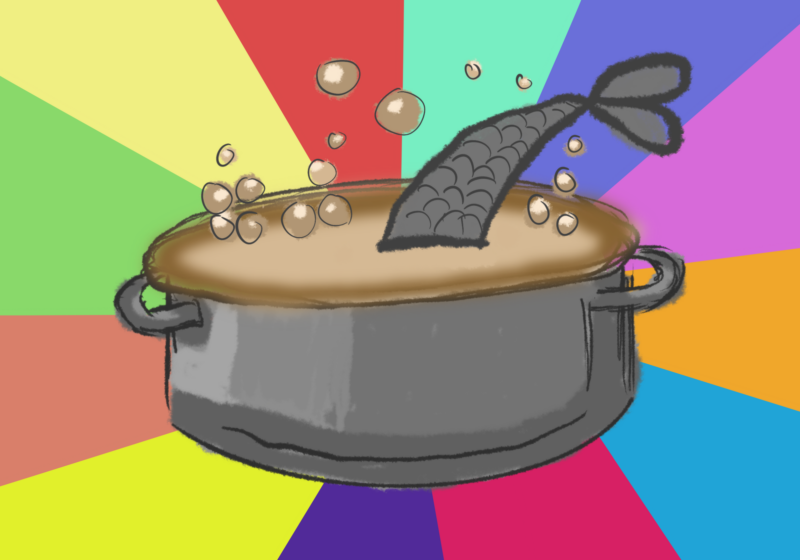My only exposure to Georgia O’Keeffe before going to her exhibit last Friday is the following. First of all, O’Keeffe is an alumna of my sorority. Secondly, I have heard she was rumored to be a closet lesbian who disclosed her sexual inclinations through her paintings. And finally, there is a reprint of her painting in the tunnels between the Art and Music Library and ITS.
The “Georgia O’Keeffe: Color and Conservation” exhibit opened last weekend at the Memorial Art Gallery. The exhibit features a limited compilation of O’Keeffe’s artwork produced in the three locations that were most influential to her: Lake George, New York City and New Mexico. Twenty-five oil and pastel paintings accompanied the selection of photographic portraits made by her husband Alfred Stieglitz. The juxtaposition of the art and photographs added depth and an unexpected narrative to the exhibit.
O’Keeffe grew up in Williamsburg, Va. After studying at a number of art institutions, O’Keeffe really began to experiment with both oil and charcoal paintings, which marked the beginning of the mediums for which O’Keeffe came to be known – images of flowers, animal bones, and landscapes that emphasized tone and contour.
O’Keeffe and Stieglitz creatively influenced each other’s mediums of painting and photography. O’Keeffe often painted during solitary trips to New Mexico, while almost every year Stieglitz organized exhibitions for her at his gallery An American Place in New York.
At O’Keeffe’s exhibit there is also an interesting emphasis on the element of conservation exemplified through O’Keeffe’s relationship with Caroline Keck, with whom O’Keeffe worked closely during her career. The collection displays newly discovered (2001) correspondence between these two women who both shared deep concerns for the condition of O’Keeffe’s art.
My friend, senior Daniel Steinberg, and I, both amateurs to the world of O’Keeffe, tackled the exhibit armed with audio guide tours fastened around our necks, hoping to be enlightened by the end. I was warned by peers before going to the exhibit, that it might be full of intense sexual imagery, so I prepared myself to feel a bit uncomfortable while appreciating the artwork.
Surprisingly enough, the exhibit was not what I had expected. Instead of the usual “sexually charged” exhibitions of nature mimicking what many critics may describe as her inclination for women, this exhibit carefully displayed artworks that reflected her life and more importantly her appreciation for nature. The photographs conscientiously placed by the art show the subjects she was painting, thus giving the viewer an understanding of the painter.
“The artwork was enjoyable and the painting of the winter road really resonated with me,” Steinberg said. “My only regret is that I did not know more about Georgia O’Keeffe before I went.”
If the objective of museums is to foster appreciation and a desire for people to learn more about art, this exhibit surely accomplishes that deed. The use of life and art in the exhibit truly engages viewers and by the end of the exhibit, there is no denying why she is regarded as one of the great American women painters of all time.
The exhibit runs through Dec. 31, Tuesday-Sunday, noon to 5 p.m. Admission to the exhibit is $10 with UR ID. For information call 473-7720 or visit http://www.mag.rochester.edu.




